Disclosure: This article contains affiliate links. We may earn a commission from purchases at no extra cost to you, which helps our travel content.
Standing beneath the towering white marble monuments of Ashgabat, I couldn't help but feel I'd stepped into a parallel universe—one where extravagance and emptiness coexist in perfect harmony. This city, rebuilt after the devastating 1948 earthquake, now gleams with more Guinness World Records for marble buildings than any place on earth. Bellissimo in its audacity, yet puzzling in its purpose. As a translator who's spent decades decoding cultural nuances, Turkmenistan's capital presented me with perhaps my most fascinating urban text yet—a city that speaks volumes through its architectural exclamations while whispering secrets in its quiet corners.
First Impressions: The Surreal Marble Landscape
Arriving in Ashgabat feels like entering an elaborate film set where someone forgot to call in the extras. The airport—a massive falcon-shaped marvel—welcomes you into President Gurbanguly Berdimuhamedow's vision of national grandeur. My taxi driver, Azat, chuckled at my wide-eyed expression. "First time in White City?" he asked in Russian, which I'd brushed up on before this trip.
The 15-minute drive to my hotel revealed boulevard after spotless boulevard lined with identical white marble buildings accented with gold domes. Traffic lights change on empty streets. Pristine parks remain largely unvisited. The gleaming white expanse is punctuated only by the occasional government worker sweeping already immaculate sidewalks.
My travel water filter proved invaluable here—Ashgabat's tap water isn't recommended for visitors, and the city's intense heat (reaching 45°C/113°F in summer) demands constant hydration. Even in spring, I found myself refilling frequently during my architectural explorations.
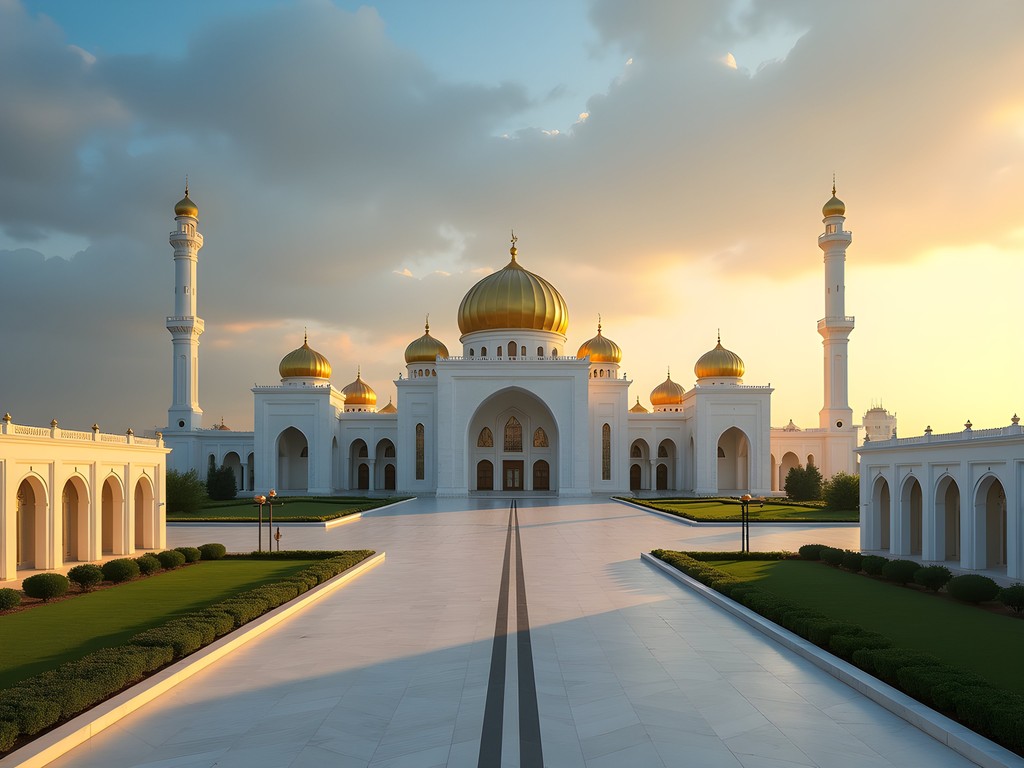
💡 Pro Tips
- Exchange currency at official banks only—the black market carries serious risks
- Dress conservatively despite the heat (shoulders covered, no shorts)
- Always carry your passport and visa documents—random checks are common
Navigating the Marble Maze: Essential Landmarks
Ashgabat's urban landscape defies conventional navigation. Without familiar chains or recognizable commercial landmarks, you'll need to orient yourself by the city's monumental structures. My first strategic stop was Independence Park and the towering Neutrality Monument—a 95-meter white marble column topped with a golden statue of former President Niyazov that rotates to always face the sun.
The Wedding Palace (locally known as Bagt köşgi) resembles an enormous wedding cake crowned with a massive geometric star encasing a globe of Turkmenistan. Inside, you'll find surprisingly ornate marriage halls and registration offices. As a translator fascinated by cultural rituals, I arranged a tour through my hotel concierge, though photography remains strictly limited.
For these architectural explorations, my polarized sunglasses were essential—the blinding reflection of sunlight on acres of white marble can be disorienting without proper eye protection. The polarization specifically helped me appreciate the intricate details carved into many buildings without squinting through the glare.
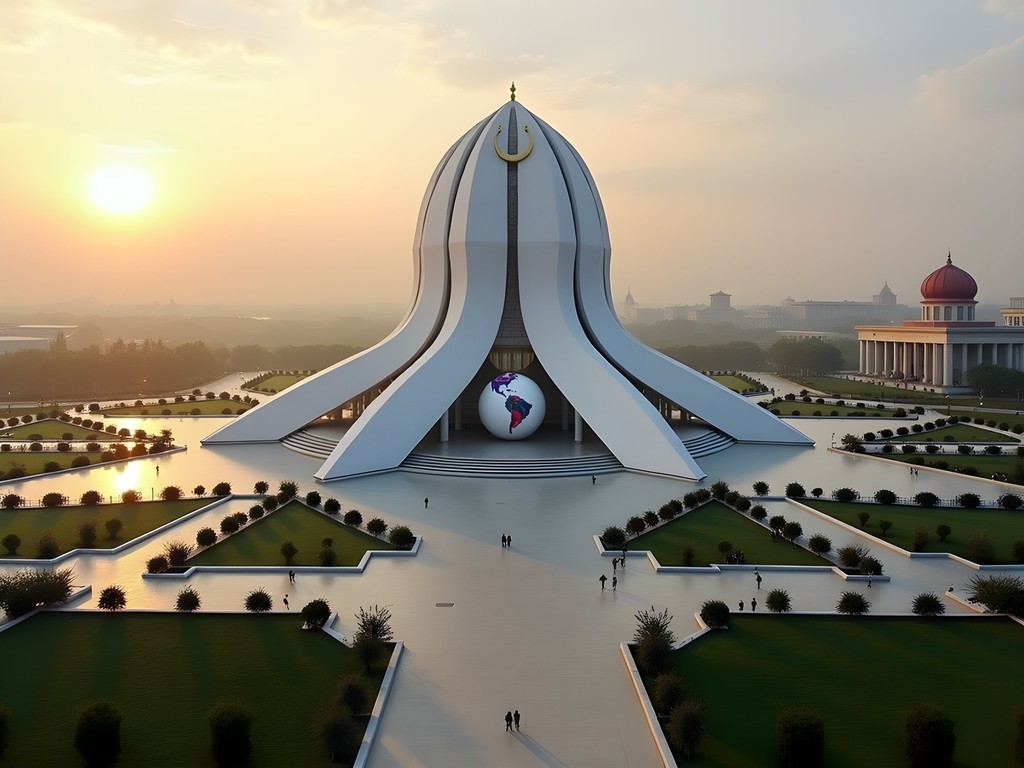
💡 Pro Tips
- Photograph buildings from a distance—close-up photography of government buildings can attract unwanted attention
- Use the Arch of Neutrality as your primary landmark for orientation
- Visit major monuments early morning or late afternoon when the marble isn't blindingly bright
Beyond Marble: Discovering Ashgabat's Cultural Heart
While the marble monuments dominate Ashgabat's skyline, the city's soul resides in less ostentatious quarters. The Russian Bazaar (Tolkuchka Bazaar in its former location) offers a rare glimpse into everyday Turkmen life. Unlike the sterile governmental districts, here you'll find a cacophony of sounds, smells, and colors—vendors selling everything from hand-woven carpets to traditional telpek hats made from sheep's wool.
As someone obsessed with fermentation traditions, I was delighted to discover local çal (fermented camel milk) being sold by Turkmen women in traditional dress. The slightly effervescent, yogurt-like drink has been produced the same way for centuries. After some friendly negotiation in my limited Turkmen (aided by my translation background), I convinced a vendor to explain her fermentation process—knowledge I've eagerly added to my collection of global fermentation techniques.
For tea enthusiasts, the portable tea infuser is perfect for sampling local green tea blends. Turkmen tea culture differs fascinatingly from Korean traditions I've grown accustomed to—here, tea often includes desert herbs and is served in small porcelain bowls rather than cups.
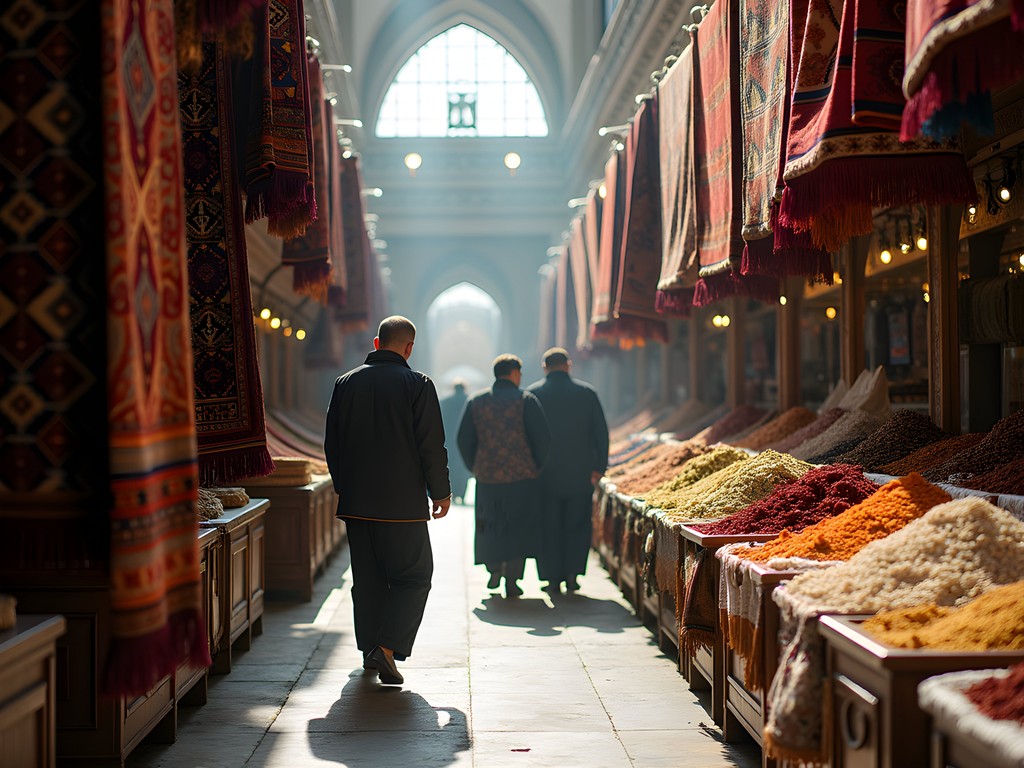
💡 Pro Tips
- Bargain respectfully at markets—aggressive haggling is considered rude
- Ask permission before photographing people, especially women in traditional dress
- Try the national dish, pilaf (palow), at small local restaurants rather than hotels
Hidden Corners: Where Locals Actually Live
The true Ashgabat reveals itself in the residential districts far from the marble showcase center. Here, Soviet-era apartment blocks painted in pastel colors house most of the city's population. While tourists rarely venture here, these neighborhoods offer authentic glimpses into Turkmen daily life.
In the eastern district, I discovered a small teahouse (çayhana) where elderly men played backgammon while sipping green tea. With my translation background opening doors, I was invited to join a game—though my skills proved embarrassingly inadequate against players who'd been strategizing for decades. These moments of connection transcended the language barriers and cultural differences.
For urban explorers venturing into residential areas, I recommend the pocket translator. While I rely on my language skills, this device proved invaluable for complex conversations about local history and traditions. Unlike smartphone apps, it works offline—essential in Turkmenistan where internet access is severely restricted.
Nearby, I found the National Museum of History—less architecturally imposing than other attractions but housing remarkable artifacts from ancient Merv and the Silk Road period. The museum's English signage is limited, making it challenging for non-Russian speakers, but the visual impact of the gold artifacts and textiles transcends language barriers.

💡 Pro Tips
- Respect privacy in residential areas—Turkmen people are hospitable but value discretion
- Visit local bakeries early morning for fresh *çörek* (traditional bread)
- Carry small denominations of manat for teahouses and small purchases
Practical Matters: Navigating Turkmenistan's Bureaucracy
Visiting Ashgabat requires advance planning and patience with bureaucratic procedures. Tourism infrastructure remains underdeveloped despite the city's architectural grandeur. Most visitors require a letter of invitation from a registered tour company to obtain a visa—a process that can take weeks.
Once in Ashgabat, internet access is severely restricted. Public WiFi is nonexistent, and local SIM cards provide minimal data at slow speeds. I found my portable WiFi device with pre-loaded global data essential for maintaining basic communications and navigation. Even with this device, expect frequent disconnections and limited bandwidth.
Hotels require registration of foreign guests with local authorities within three days of arrival. Most mid-range and luxury hotels handle this automatically, but always request confirmation. I stayed at the Yyldyz Hotel—while expensive by regional standards, it offered reliable service and assistance with navigating local regulations.
Transportation within Ashgabat is challenging without Turkmen language skills. Taxis are plentiful but unmetered—negotiate fares before entering. For longer stays, consider hiring a driver through your hotel for day trips. My hotel arranged a driver who became an invaluable cultural interpreter, explaining nuances of Turkmen society I might have otherwise missed entirely.
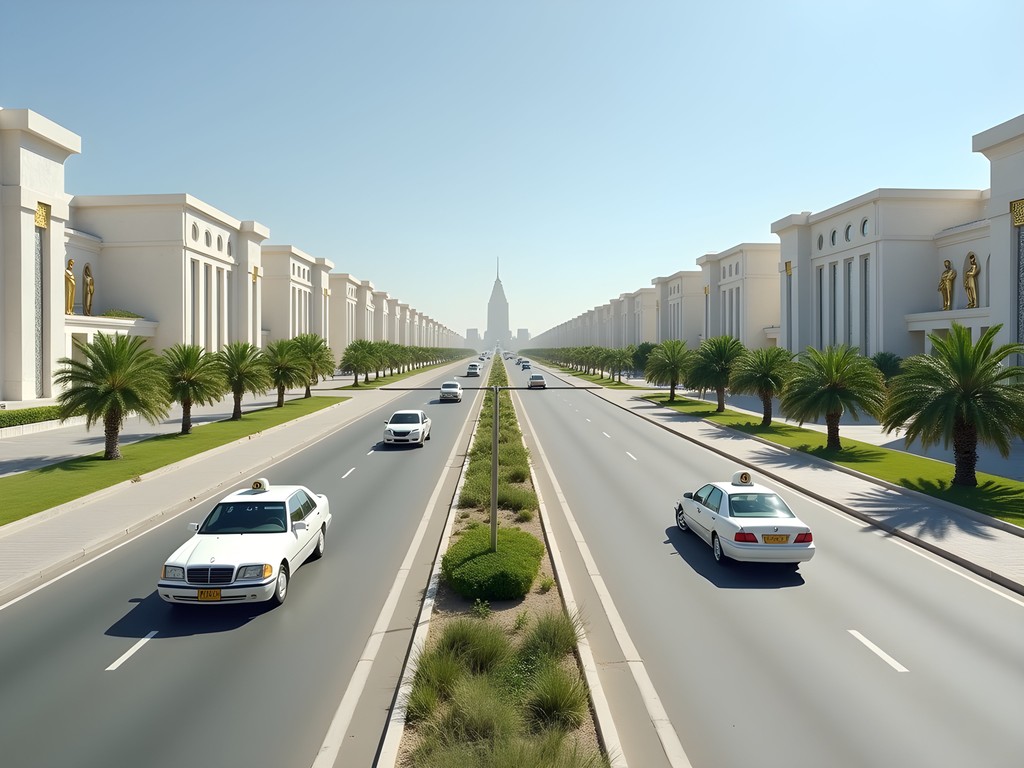
💡 Pro Tips
- Download offline maps before arrival—Google Maps has limited functionality in Turkmenistan
- Register with your embassy upon arrival for safety updates
- Carry printed hotel information in Turkmen/Russian for taxi drivers
Final Thoughts
As my week in Ashgabat drew to a close, I found myself reflecting on this city of contradictions from the vantage point of the Kopet Dag mountains that cradle its southern edge. Below me stretched a monument to human ambition—a gleaming white testament to national identity constructed almost overnight. Yet within this carefully controlled urban experiment, I discovered genuine moments of connection: the carpet weaver who shared her family patterns, the teahouse owner who insisted I try his mother's special çorba soup, the museum guide passionate about Bronze Age pottery.
Ashgabat demands we look beyond the obvious. Behind the marble facades and golden monuments lies a city still finding its voice, a culture navigating the space between ancient traditions and imposed modernity. For the curious traveler willing to venture beyond architectural spectacle, Turkmenistan's capital offers rare insights into a nation few outsiders truly understand. Come preparato—come prepared—with patience, respect, and genuine curiosity. The White City's most valuable treasures aren't carved from marble but woven into the stories of its people.
✨ Key Takeaways
- Ashgabat's architectural grandeur requires context to appreciate—learn about Turkmenistan's recent history before visiting
- The contrast between monumental center and residential areas tells the real story of the city
- Personal connections with locals provide the most authentic experiences in this tightly controlled environment
📋 Practical Information
Best Time to Visit
Spring (April-May) or Fall (September-October)
Budget Estimate
$100-150/day including accommodation, meals, and local transportation
Recommended Duration
5-7 days
Difficulty Level
Moderate

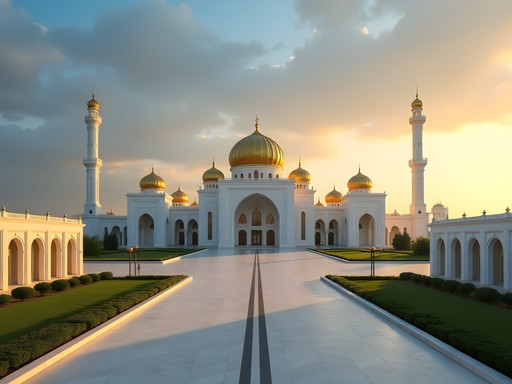
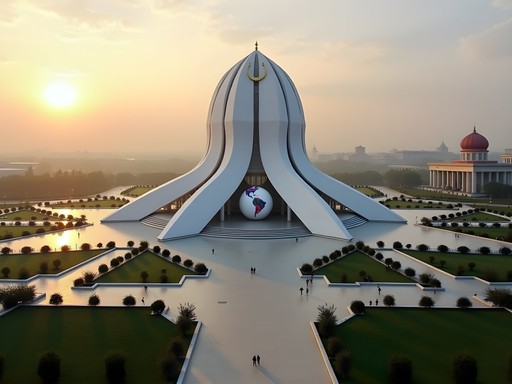
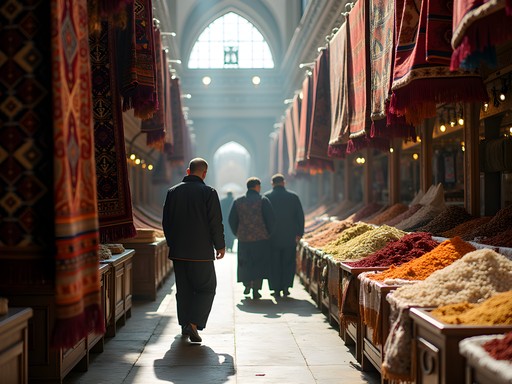
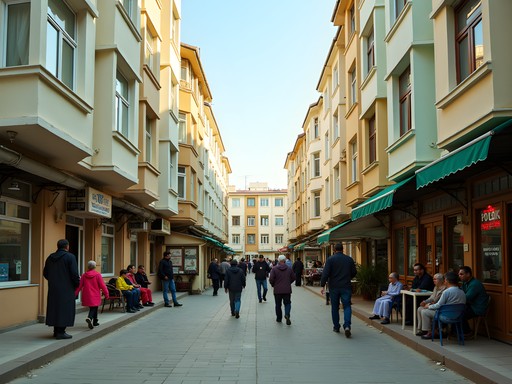
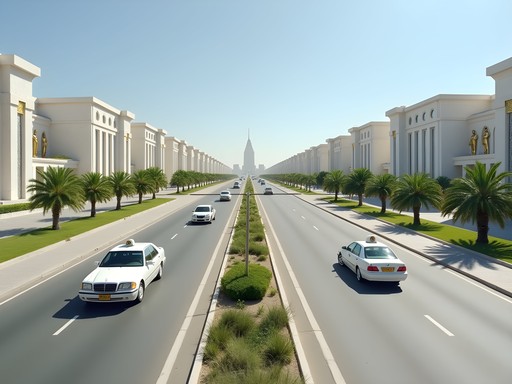


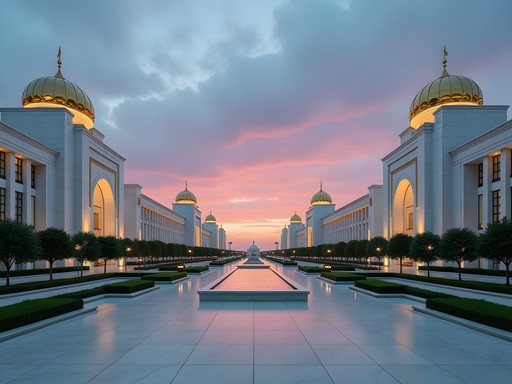
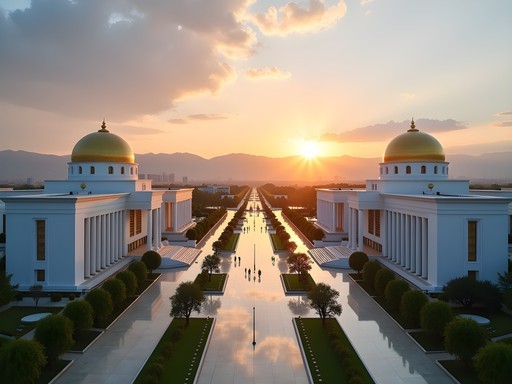






Comments
AdventureAwaits
If anyone's planning to visit, bring plenty of cash! ATMs rarely work for foreign cards and credit cards aren't widely accepted. Also, the dual exchange rates can be confusing - official vs black market rates are very different.
TravelDreamer92
Thanks for the tip! What currency is best to bring?
AdventureAwaits
US dollars for sure - newer bills without tears or marks!
Sophia Gomez
Brooklyn, this post captures the surreal essence of Ashgabat perfectly! When I visited for a business conference last year, I felt like I was in a movie set. One tip for anyone planning to go - the temperature differences between seasons are extreme. I went in August and it was scorching. My lightweight scarf was a lifesaver for sun protection while staying respectful in more conservative areas. Did you make it to the Turkmenbashi Ruhy Mosque? The interior is just as impressive as the marble exterior. Also, how did you handle the photography restrictions? I found that part challenging.
backpackpro399
Wait, there are photography restrictions?? That would be a dealbreaker for me since taking pics is half the fun of traveling!
Sophia Gomez
It's not a complete ban, but there are many government buildings and security areas where photos aren't allowed. Your guide will let you know where it's okay. The main monuments are generally fine for photography!
GlobeHopper55
How expensive was Ashgabat compared to other Central Asian cities?
Brooklyn Washington
Definitely on the pricier side for Central Asia. Hotels are limited and mostly upscale, though food can be reasonable if you find local spots. The guided tours add up quickly too.
WanderlustQueen
Those photos are incredible! Never seen anything like it!
Casey Andersson
Brooklyn, your section on 'Hidden Corners: Where Locals Actually Live' was exactly what I was looking for when I visited! The Russian Bazaar was such a breath of fresh air after all that marble perfection. I found this amazing little tea house near there where an old Turkmen man taught me the proper way to drink green tea (small sips, never emptying the cup completely). Did you make it to any of the suburbs? The contrast between the showcase center and everyday neighborhoods is fascinating. Ashgabat has to be the most surreal capital I've ever explored - like Las Vegas meets North Korea with a dash of Dubai!
Brooklyn Washington
Thanks Casey! I did make it to the eastern suburbs briefly - you're right about the contrast! That tea ritual is special, isn't it? I found the hospitality of regular Turkmen people to be incredibly warm despite the formal setting.
wavemate
That wedding palace building is wild! Great post.
TravelDreamer92
Going there next month! How difficult was it to get a visa? Any tips?
Brooklyn Washington
The visa process is still pretty involved - you'll need a letter of invitation from a registered tour company. I used Stantours and they were great. Budget extra time as approvals can be unpredictable!
TravelDreamer92
Thanks! Did you feel like having a guide was restrictive or actually helpful?
blueninja
Not Brooklyn but chiming in - having a guide is mandatory but mine was actually super chill. He gave me space when I wanted it but also kept me from accidentally breaking any rules. Worth bringing a good translation app since English isn't widely spoken outside tourist areas.
blueninja
Those marble buildings are INSANE! I visited last year and felt like I was walking through some bizarre movie set. Did you manage to see the giant golden statue that rotates to follow the sun? The contrast between those empty boulevards and the few local markets was wild. Definitely the strangest place I've ever been.
Casey Andersson
Right?! I was there in March and it felt like being in a sci-fi film. Brooklyn, did you have any trouble with photography restrictions? I nearly had my camera confiscated near some government buildings.
Brooklyn Washington
Yes @blueninja - that rotating golden statue was mind-blowing! And @Casey, photography was definitely tricky. I learned to always ask my guide first before taking any shots. The marble buildings were generally fine, but anything military or government-related was a big no-no.
backpackpro399
Woah!! Those photos of the marble buildings are INSANE! I had no idea Ashgabat was like this - it's like Vegas meets North Korea or something? Was it hard to get a visa? I've been wanting to visit Central Asia but Turkmenistan seems like the toughest one to crack. Did you do the transit visa or get a proper tourist one? The whole 'hidden corners where locals live' part has me super curious!
Sophia Gomez
I visited last year on business and the visa process was definitely challenging. Took almost 3 months to get approval. The contrast between those grand marble boulevards and the regular neighborhoods is striking. If you go, definitely try to visit Tolkuchka Bazaar - it's where you'll see actual local life beyond the marble facade.
backpackpro399
Thanks Sophia! Did you need a guide the whole time? That's what I've heard and it sounds expensive...
Sophia Gomez
Yes, you'll need a guide for tourist visas. Business travelers have a bit more freedom, but they still track your movements. It is pricey, but honestly fascinating enough to be worth it if you're into unusual destinations!
GlobeTrekker
That sunset shot from the Kopet Dag mountains is absolutely stunning! Perfect capture of the city's surreal vibe.
Brooklyn Washington
Thank you! That was taken on my last evening there - definitely worth the climb for that view!
Venture X
Premium card with 2X miles, $300 travel credit, Priority Pass